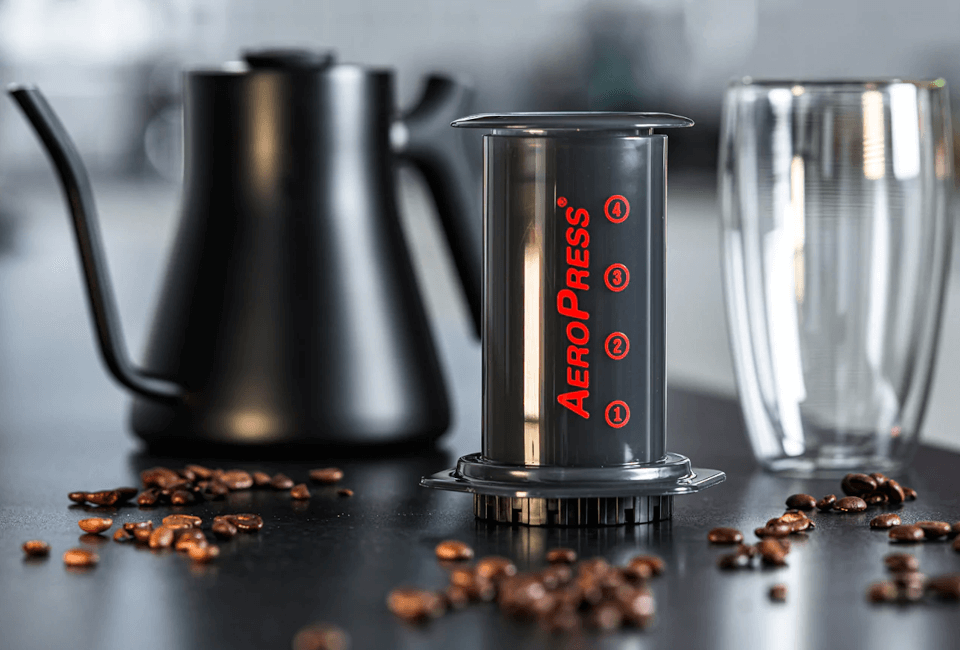
Introduction
Strength. This term can be contentious. Perhaps it is industry jargon and snobbery, or a play at semantics, but this word constantly gets misused. To some it suggests brewed coffee caffeine content. To others it describes flavor traits. For coffee professionals, however, ‘strength’ has nothing to do with caffeine or types of flavor. Strength is a property that reflects the concentration of coffee material dissolved into a volume of water. So, let’s dive into the question of what makes coffee have a strong taste!

What is Strong Coffee?
Strength in coffee is analogous to orange juice from a can of frozen concentrate. Following the instructions on the frozen juice can, three cans of water should be mixed with one can of OJ concentrate. This will make an approachable, ‘regular’ pitcher of orange juice. Think of this like regular drip coffee. When diluting the concentrate to a 1:3 ratio, it reduces the strength of the beverage.
Imagine drinking the concentrate straight from the can. This would be similar to espresso and would be described as strong. Adding a fourth or fifth can of water will make the juice weak and flavorless (though it will go a lot farther).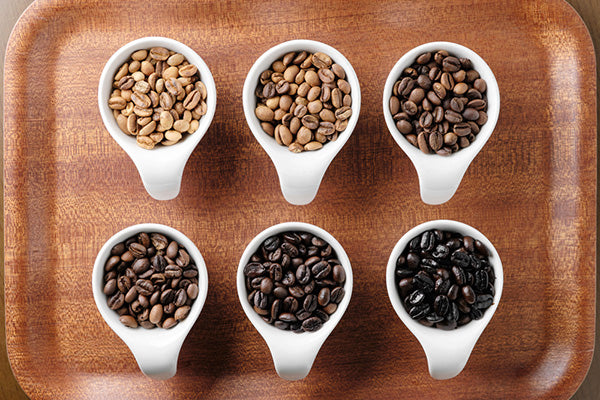
“Strength” and the Specialty Coffee Industry
In the specialty coffee industry, strength of coffee is defined as the amount of coffee flavor present in a beverage in relation to the amount of water. This value is expressed as the percentage of total dissolved solids (TDS).
Imagine an AeroPress brewed coffee made using one scoop of ground coffee (approximately 15 grams of coffee). Inside each particle of ground coffee is a small amount of soluble material. These soluble materials are the flavors of the coffee. For simplicity’s sake, let us assume that 30% of the mass is water soluble. Most of the soluble material in the coffee tastes good, but not all of it. The precise number varies, but let us say 20% is the optimal amount. When we use the AeroPress brewing method, we are dissolving coffee solids into water, and pressing this flavored water through the filter.

Two Example Recipes:
Let’s examine strength through brewing with two hypothetical recipes and an AeroPress coffee maker:Strength of Classic Recipe
- Coffee: 1 scoop, approximately 15 grams, fine grind
- Hot water: Fill to the “1” (approximately 75 grams)
- Brewing process: Stir gently & press
Strength: 93.333% water and 6.667% total dissolved solids (TDS).
This is very strong coffee that can be enjoyed straight, diluted with water, or combined with milk. This is very similar to espresso.
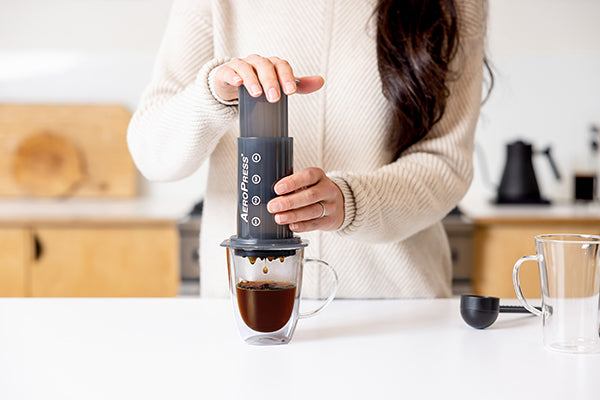
Strength of Drip Style Recipe
- Coffee: 1 scoop, approximately 15 grams, medium grind
- Hot water: Fill to the “4” (approximately 200 grams)
- Brewing process: Stir gently, insert the plunger, press at a brew time of 2 minutes.
Of the 15 grams of coffee used, 20% (3 grams) of the bean mass will dissolve into the coffee. Assume approximately 30 grams of water will be absorbed into the grounds. The final beverage will be 170 grams water and 3 grams dissolved coffee material.
Strength: 98.27% water and 1.73% total dissolved solids (TDS).
This is slightly strong for filter coffee. It can be enjoyed straight or diluted with a little water. If the flavor of the beverage is too intense for a standard cup of drip, adding 100 grams of hot water will dilute it to a more ‘standard’ intensity (207 grams water with 3 grams of dissolved coffee material is 98.89% water and a TDS of 1.11%. (Studies by the Specialty Coffee Association suggest that 1.15% - 1.35% is the ideal strength for classic brewed coffee.)
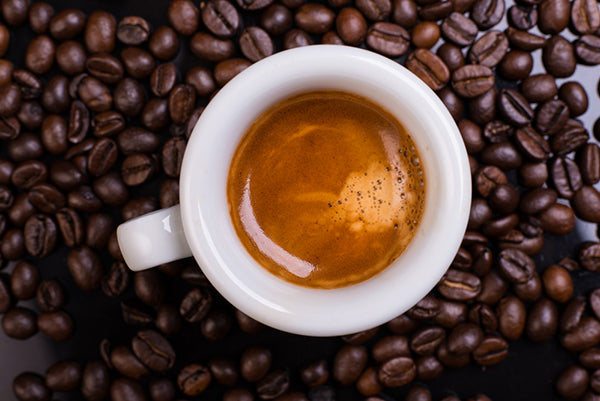
Difference between the Two Recipes
In both brews, the amount of flavor is the same. The only difference is how thinly that flavor is spread across the size of the beverage. It is this density of flavoring that gives coffee its strong taste.
What about caffeine content for your average espresso, latte, or drip coffee?
We need first to clarify that caffeine amount and the effects are very difficult to precisely and accurately quantify in coffee drinks. There are many agricultural factors that determine caffeine levels present in coffee beans.

Robusta coffee and Arabica coffee are the two main types of coffee beans used in a cup of joe. Coffea Robusta beans contain twice the caffeine as Coffea Arabica while Arabica has more complex and pleasant flavor characteristics. Within the subset of Coffea Arabica, caffeine content varies depending on the variety of Arabica beans. So, if you want to know what coffee has the most caffeine in it, Robusta coffee is the answer!
Every body reacts to caffeine differently, with certain factors playing a big role:
- Metabolism
- Diet
- Age
- Tobacco use
All of these factors affect the impact of caffeine on individual coffee drinkers. Many with ADD/ADHD report drowsiness after consuming caffeine. If you are concerned with your amount of caffeine intake, either to maximize the effect or to avoid the jitters, take note of how you feel after drinking different coffees in their various preparations.

Can lighter tasting coffee have a higher caffeine content?
It's a common misconception dark roast coffees have less caffeine than light roast coffees. The rationale is that caffeine burns off as the coffee beans are roasted longer. Research shows that caffeine is highly stable throughout the roasting process and caffeine content remains consistent even as other compounds burn off. This means, however, that dark roast coffees have more caffeine available than lighter roasts or medium roasts as a percentage of mass. Sprudge, a coffee news group, has published some great work on this topic.Amount of Caffeine per Cup of Coffee
According to the US Food and Drug Administration, an 8 ounce cup of coffee contains between 80-100 milligrams of caffeine. Assuming the brew recipe for this cup followed the Specialty Coffee Association’s guidelines, it is safe to say that this cup contains the caffeine from roughly 15 grams of ground coffee. Caffeine dissolves efficiently into hot water so we can assume a nearly total extraction of caffeine in any preparation. This allows us to set a working assumption of 6 - 7 mg of caffeine per gram of roasted coffee.

Strength versus Caffeine Content
All this to say, when using the same amount of ground coffee beans, resulting beverages will have similar quantities of caffeine. The stronger beverage (by TDS measurement) is no more caffeinated than the diluted, lower TDS drink.To return to the orange juice example from earlier in this post, a 12 ounce can of frozen orange juice concentrate contains 144 grams of sugar. A 12 ounce can of frozen orange juice mixed with 36 ounces of water makes 48 ounces of orange juice. That 48 ounces of orange juice holds 144 grams of sugar.
Similarly, a shot of espresso made from 15 grams ground coffee has 90 milligrams of caffeine; a mug of coffee brewed with 15 grams ground coffee has 90 mg of caffeine.
Because strength is a function of recipe and not an issue of roast profile or caffeine, a single decaf espresso is stronger than a gallon of brewed regular coffee.
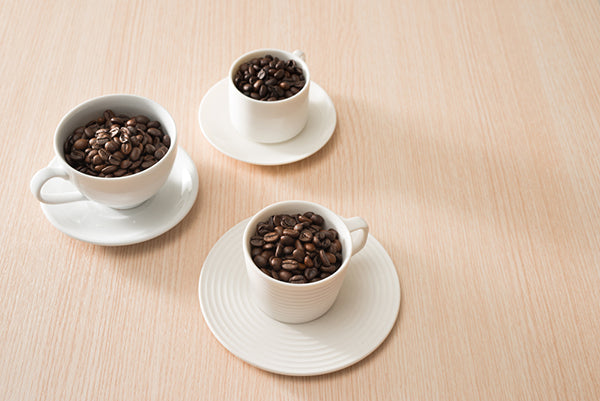



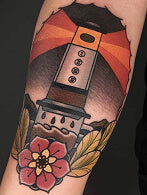



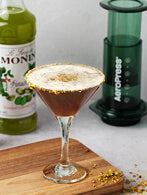
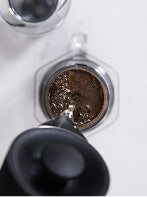
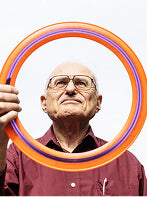
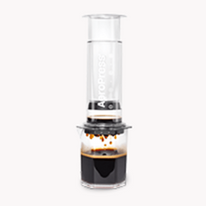


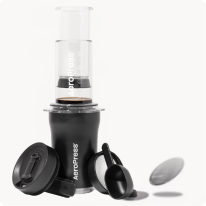
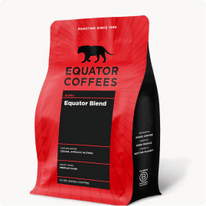

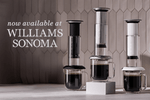


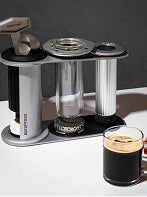
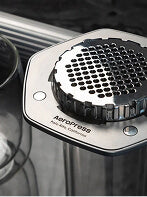

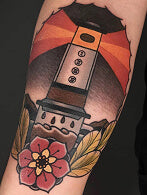


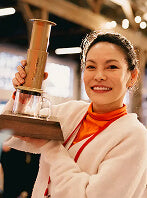
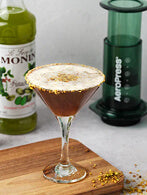

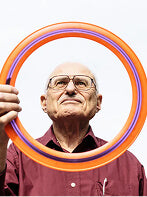
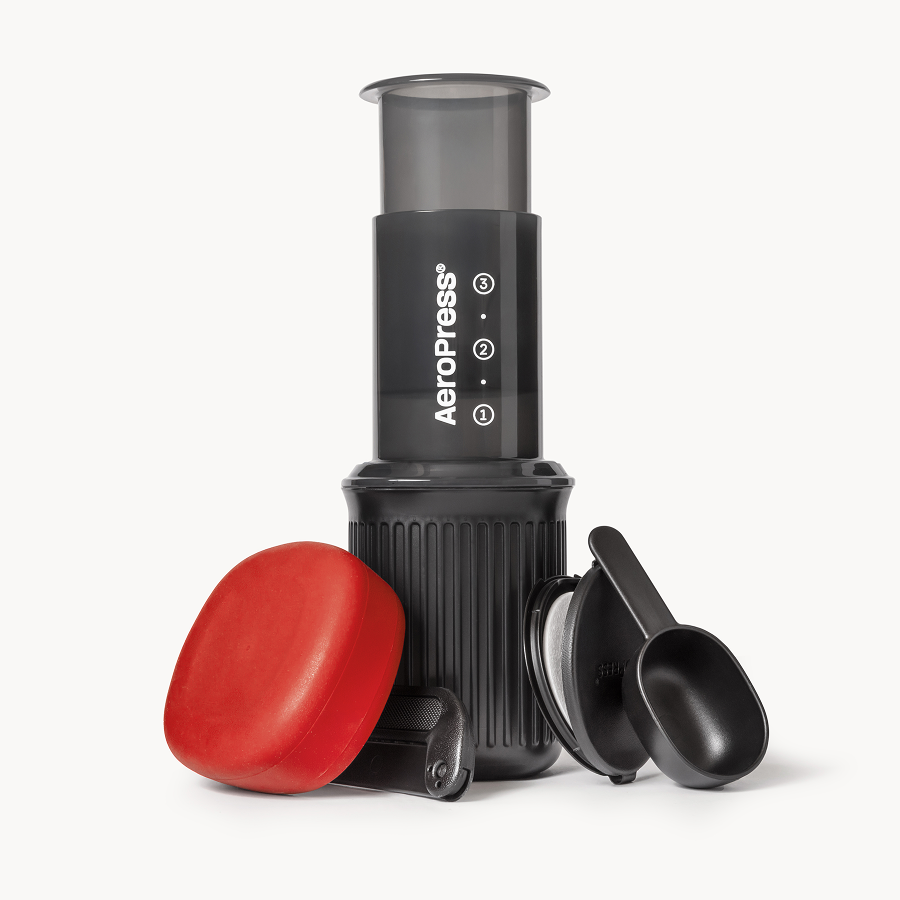

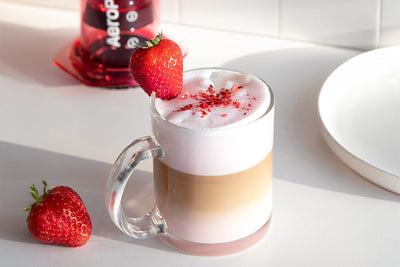
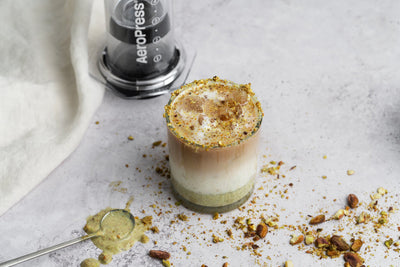

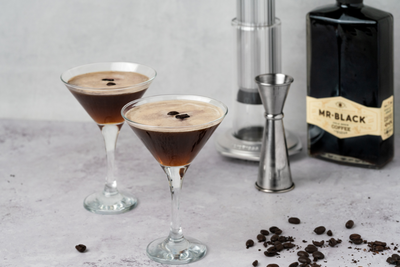
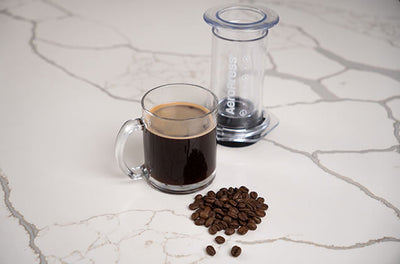
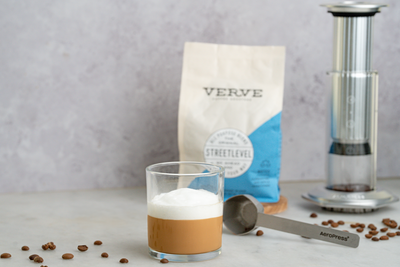
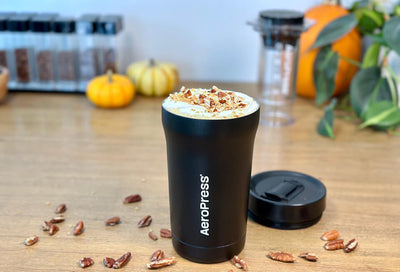
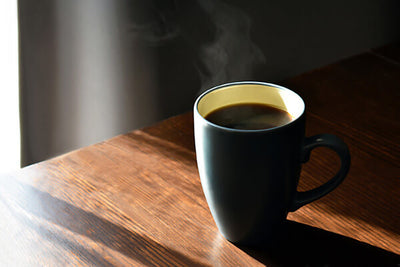
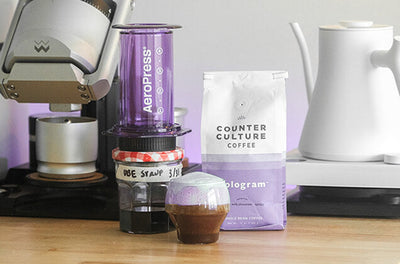
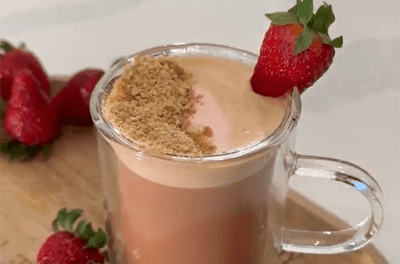

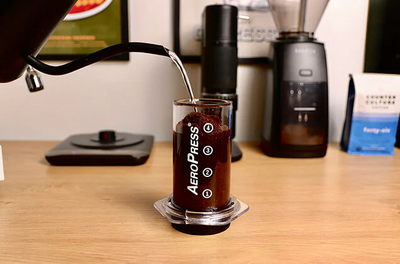
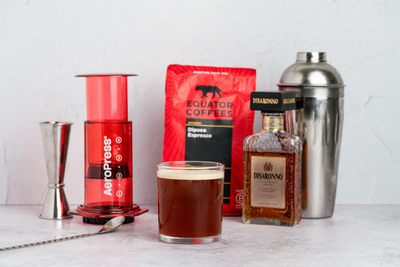
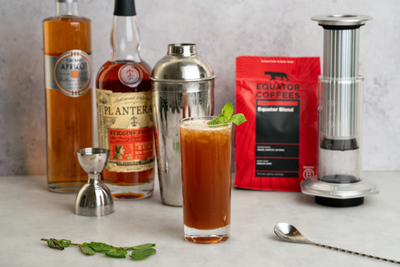
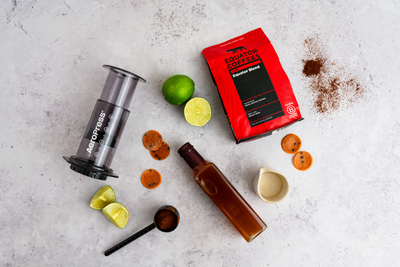
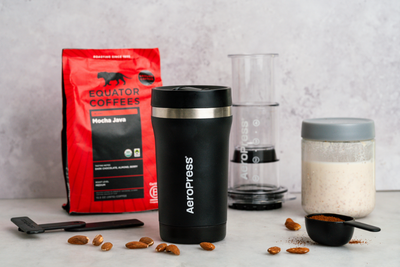



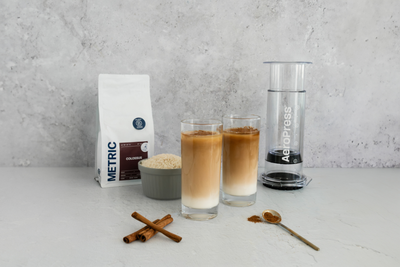
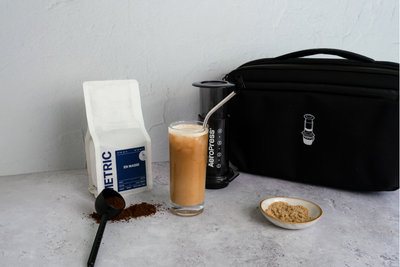
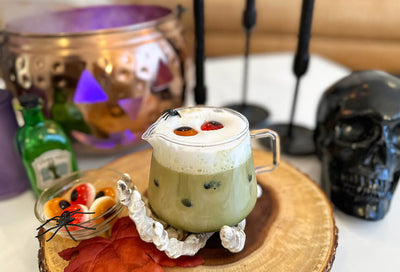
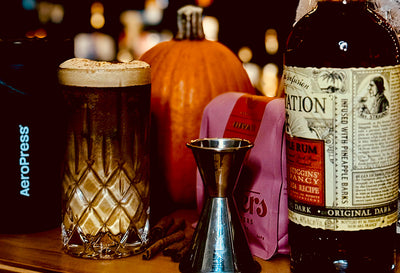
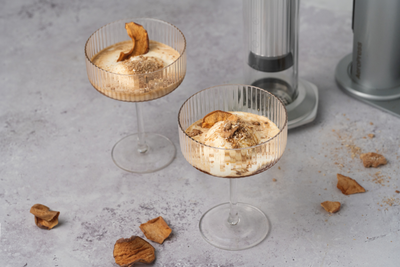

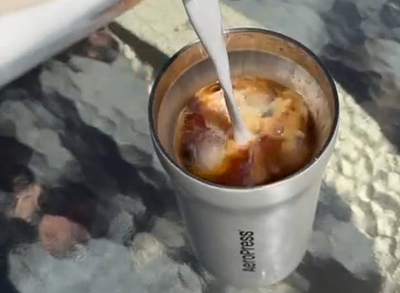



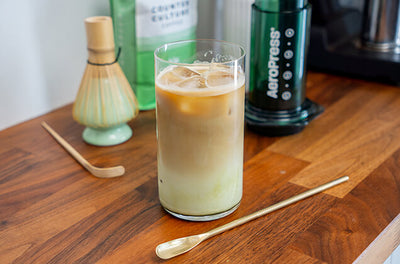
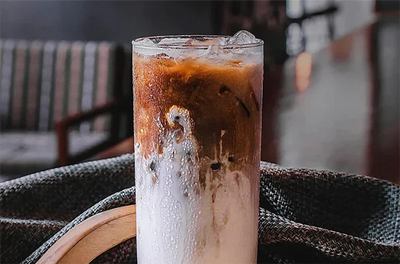
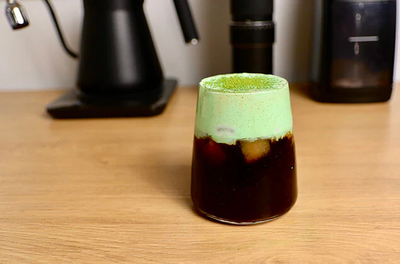
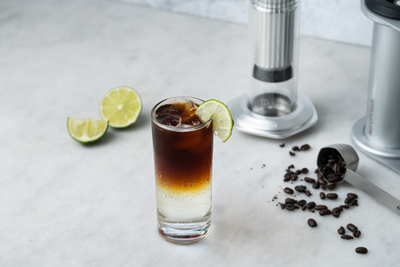
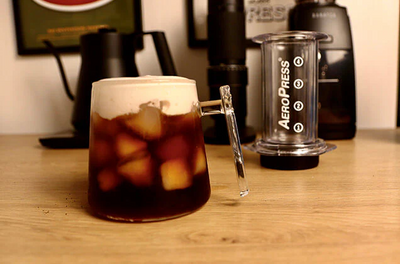
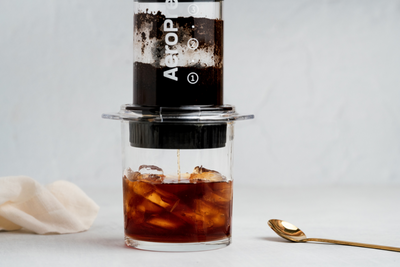
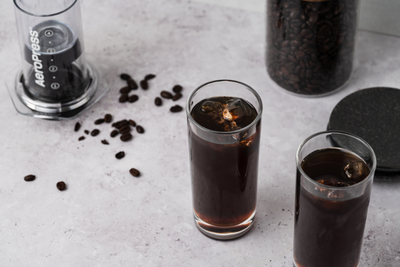
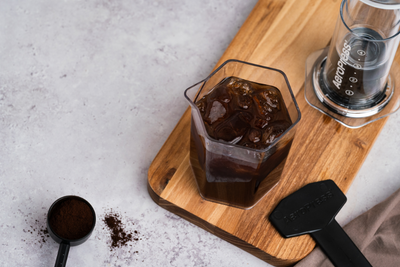
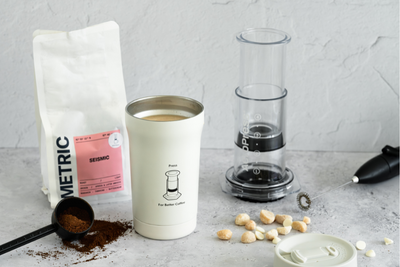
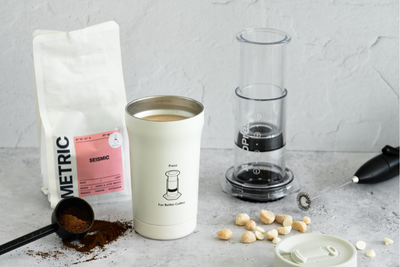
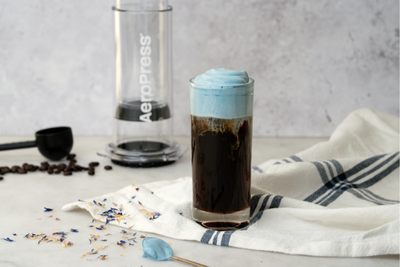
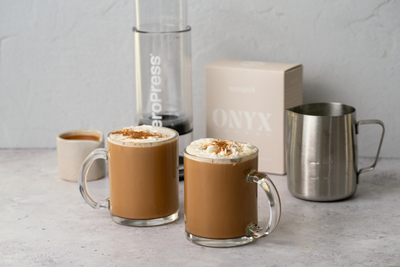
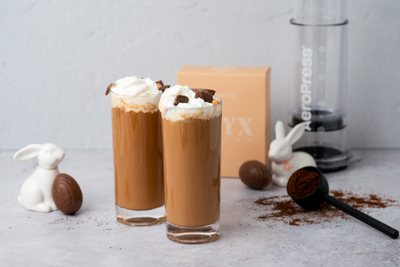
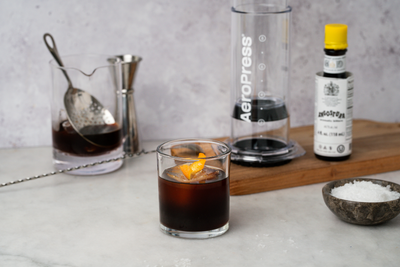
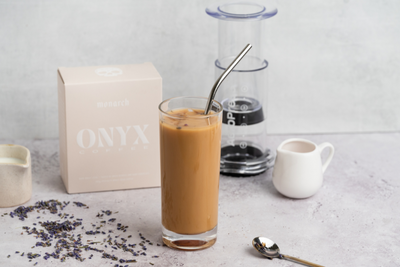
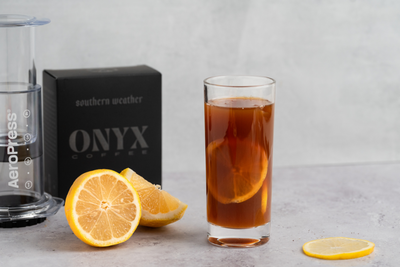
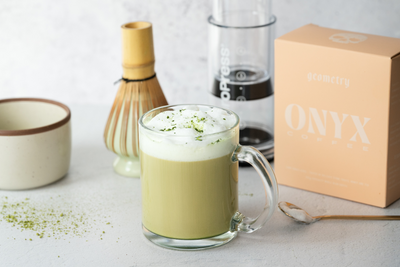
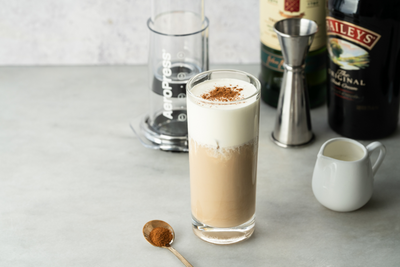


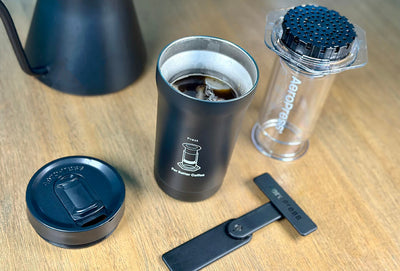
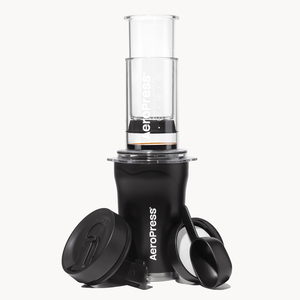

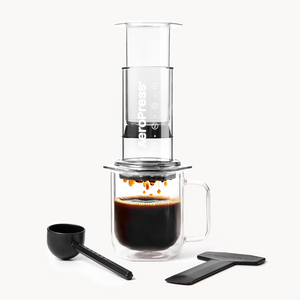
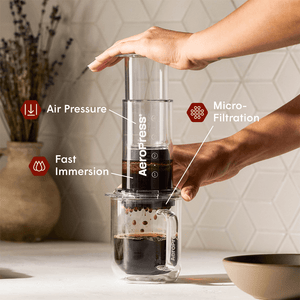

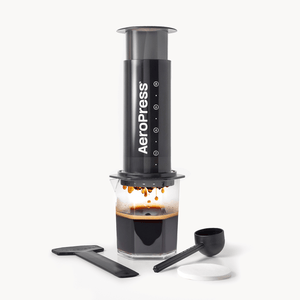
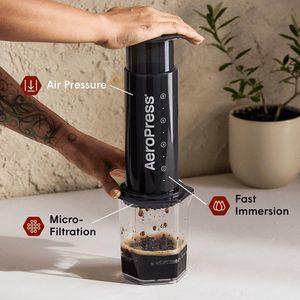
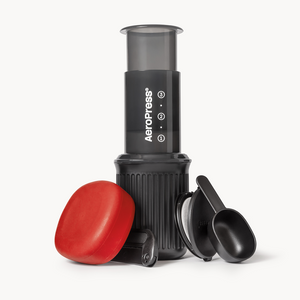
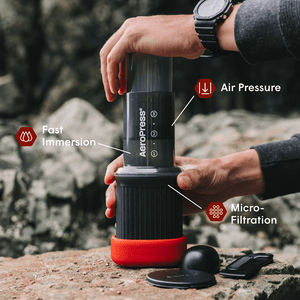
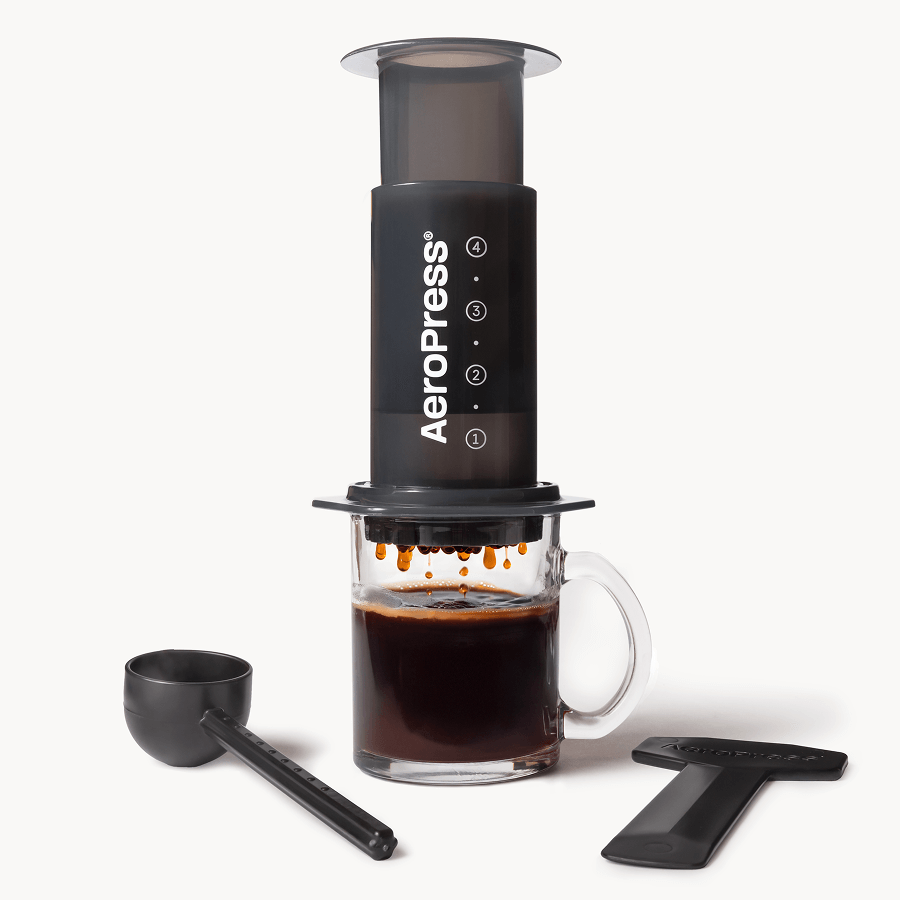
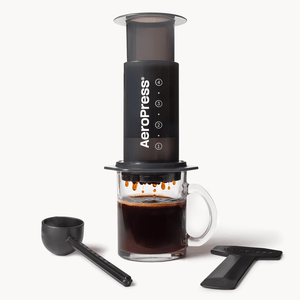

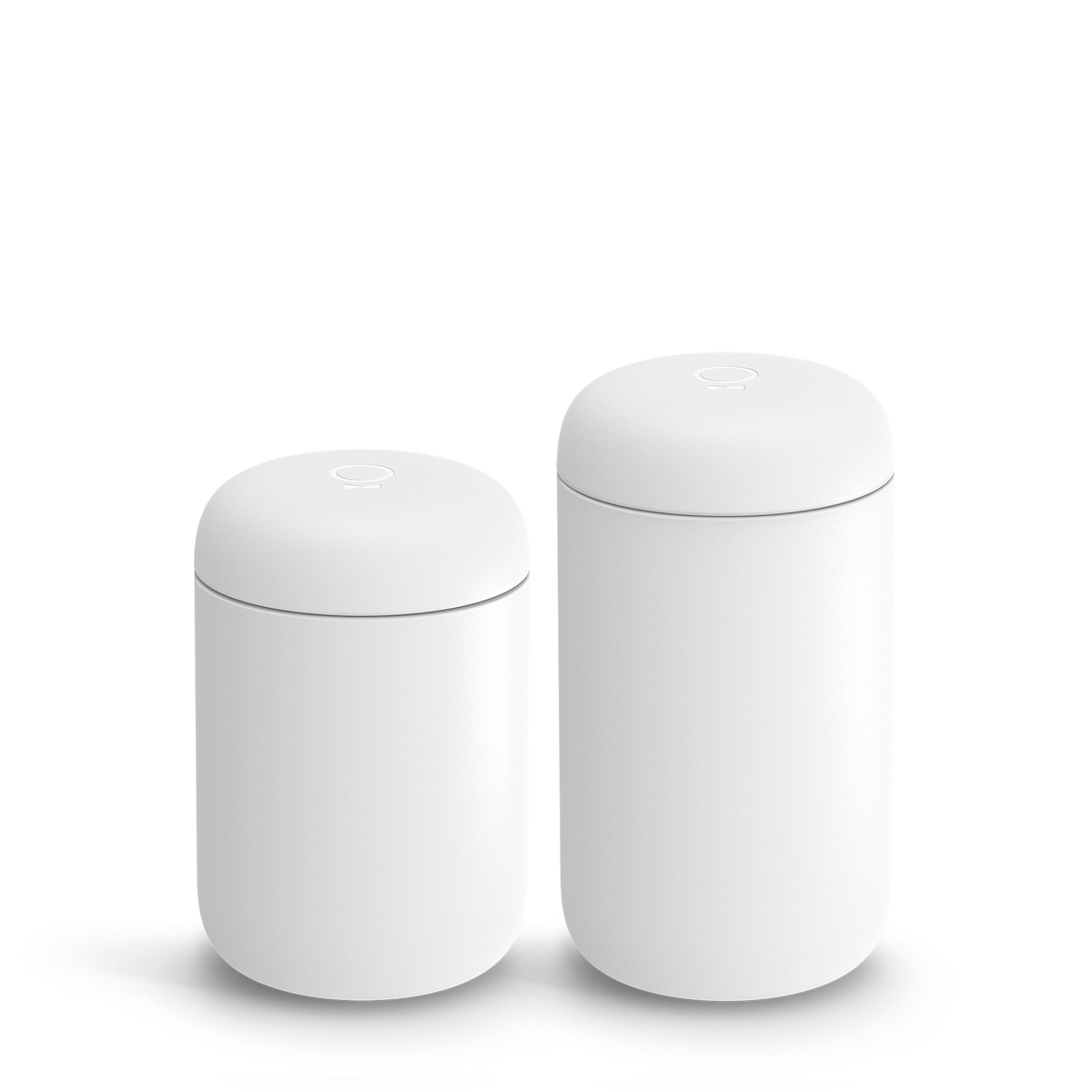
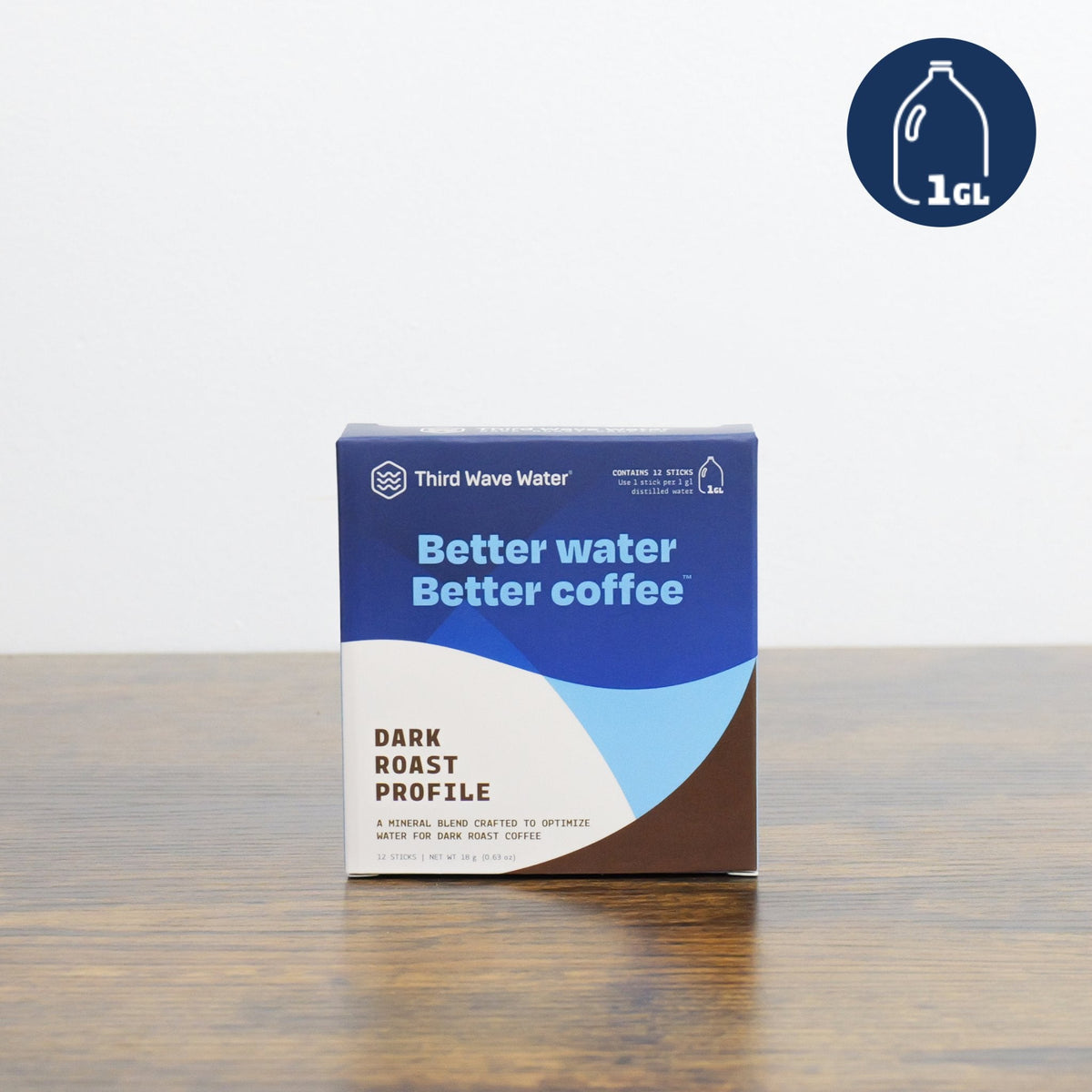
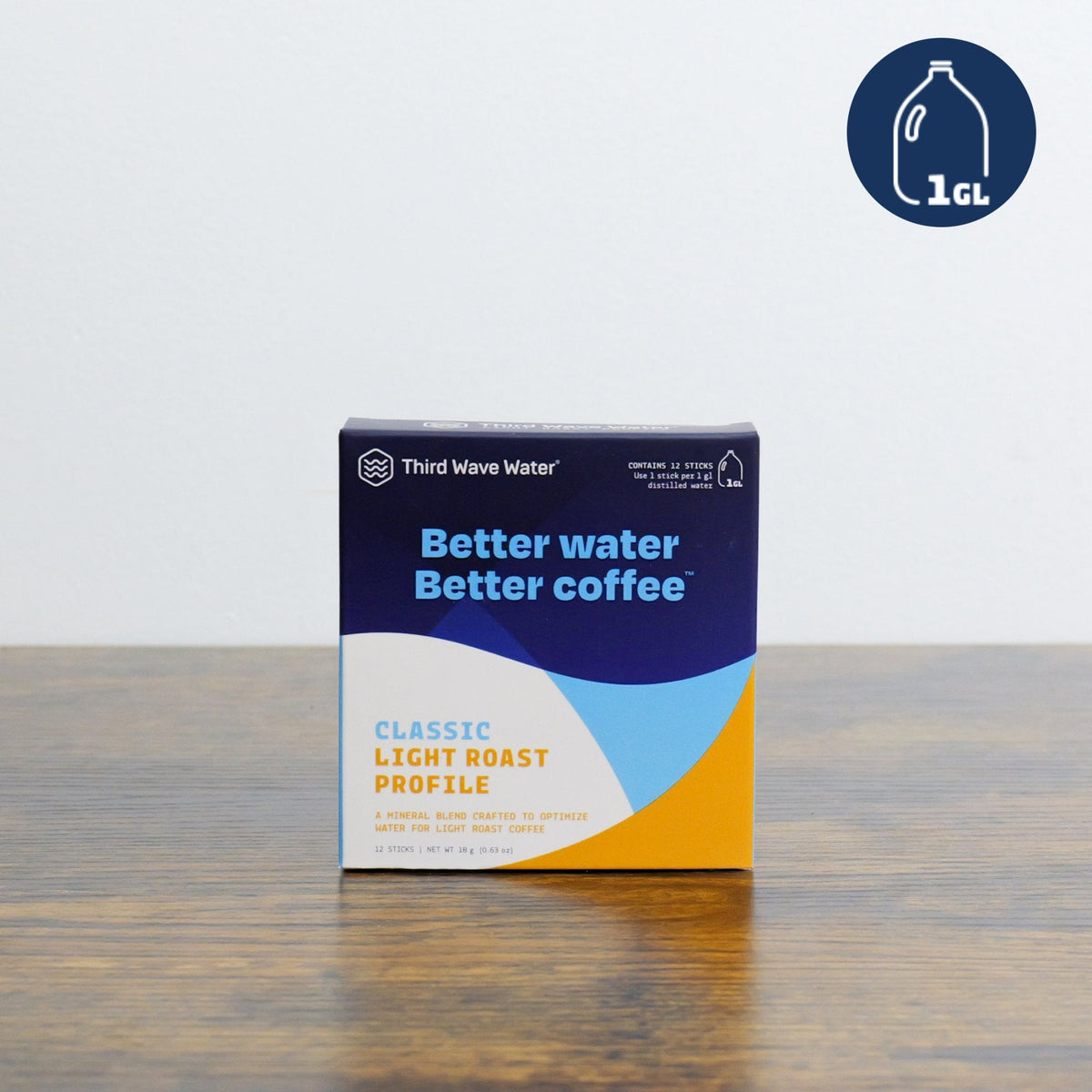

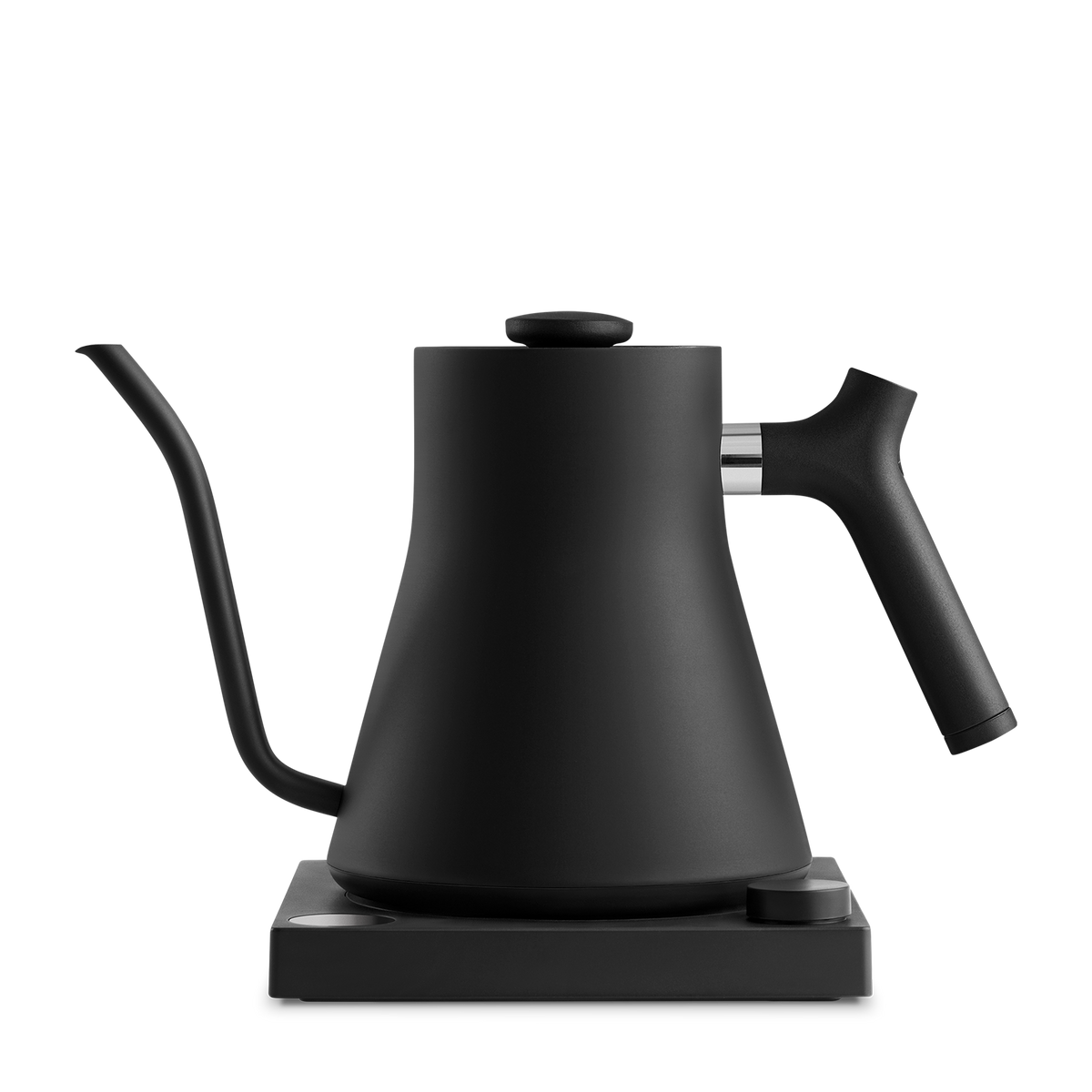

1 comment
Bill Sutton
Great explanation of brewing coffees for a novice. Thanks.
Great explanation of brewing coffees for a novice. Thanks.